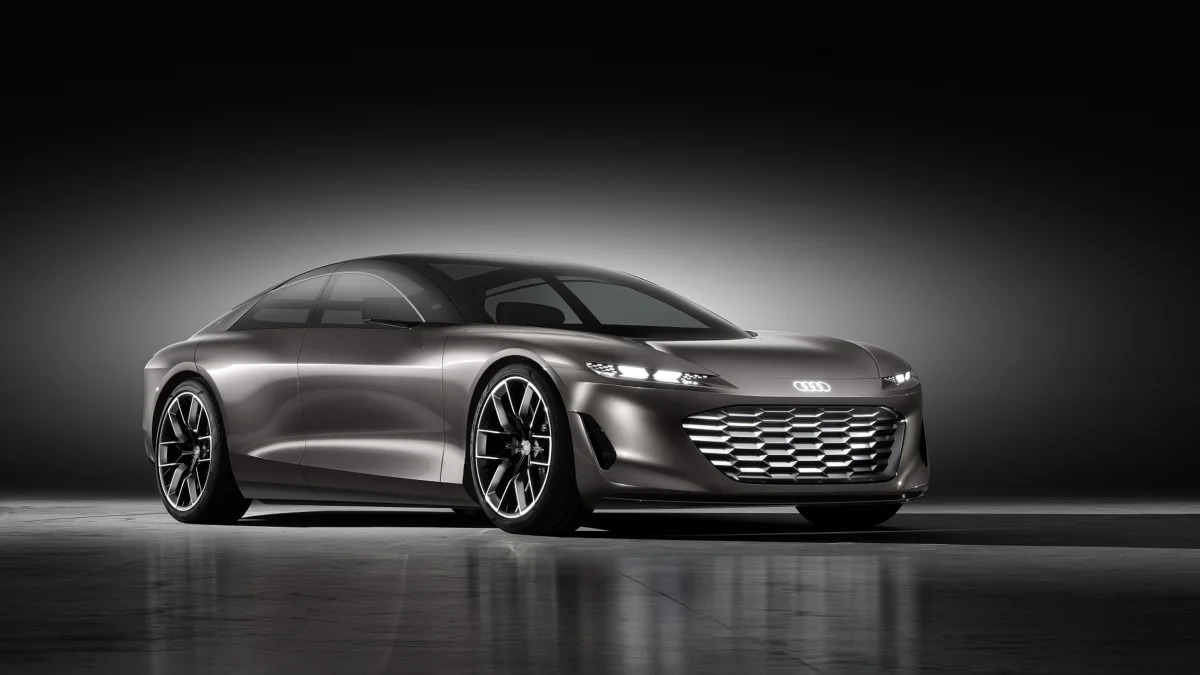Volkswagen execs would tell you some very unfunny things happened on the way to electrification: Design decisions wrought years of damage, vehicle platform and software catastrophes scotched launch timelines for not just one but at least three brands, and chaos piled high enough to unseat a CEO. Those execs might not be correct about that middle one, though, if Volkswagen Group CEO Oliver Blume is telling the truth. During a presentation laying out the conglomerate's ten-year plan at the annual capital markets day, Blume said the Scalable Systems Platform (SSP) will launch on time, in 2026. This counters recent reporting as well as complaints from individual brands late last year and this year. Due to ongoing problems with the software needed to make the SSP work, Automotive News Europe reported last July that Audi's first vehicle with the new software had been delayed up to three years, to 2027. A few months later, Autocar reported that Porsche updated its IPO prospectus with a warning that software holdups might delay the battery-electric 718 twins and Cayenne.
We don't know how the company got things back on track, but investors will be pleased and customers should be, too. Blume's presentation made clear that VW expects to launch a platform even more potent than the one we were told about two years ago. Previous CEO Herbert Diess gave a similar presentation in 2021 explaining that the SSP would serve every group brand, and serve every kind of vehicle from city cars with as little as 114 horsepower to supercars with as much as 1,140 hp. Blume, however, said the SSP will be able to power drivetrains making as much as 1,700 hp — 560 hp more than the last projection.
But wait, there's more. SSP development will break down into three paths: Urban city cars for Volkswagen, Audi, Skoda and Cupra; compact and mid-size vehicles for VW, Audi, Porsche and Skoda; and large vehicles for Audi, Porsche, Bentley and Lamborghini. Note the absence of Bugatti.
This one skateboard chassis will eventually replace the current MQB, MLB, MSB and MMB internal combustion platforms, the present MEB, PPE and J1 electric platforms, and the MEB+ arriving in 2025. It will be powered by new "unified" batteries of various chemistries developed in-house and running on an 800-volt electrical architecture. The charging time to take the batteries from 10% to 80% SOC will be 12 minutes, compared to the 35 minutes needed for the current MEB battery-electric platform; the interim MEB+ platform will lower that time to 21 minutes. The fleshed-out software dubbed 2.0 will enable Level 4 hands-free driving.
To get a sense of scale and return on investment when this is all put together, the current MEB platform sits under about ten models total, from the ID.3 to the Audi E-tron GT. The large SSP will support 14 models from Audi, Bentley, Lamborghini and Porsche by itself. According to Blume, those 14 SSP-based models are predicted to sell about 1.14 million units between debut and 2038, netting the group more than 150 billion in revenue, with profit margins above 20%. For comparison, Porsche's 2022 operating profit was 18%.
It's not clear which vehicle will introduce the world to the SSP in 2026, but we do know the second-generation all-electric Audi Q8 E-Tron, Audi's Project Artemis and Volkswagen's Project Trinity have all been penciled in around that time. If Blume's assertions still hold weight at that time, then a line from Herbert Diess' 2021 presentation could still come true: That come 2030, VW will make more money in the EV business than the ICE business.
Related video:










Sign in to post
Please sign in to leave a comment.
Continue